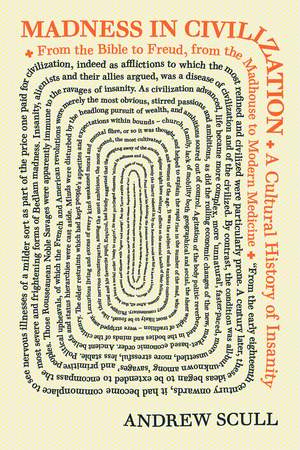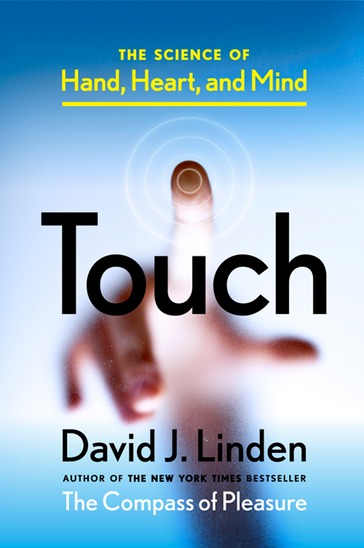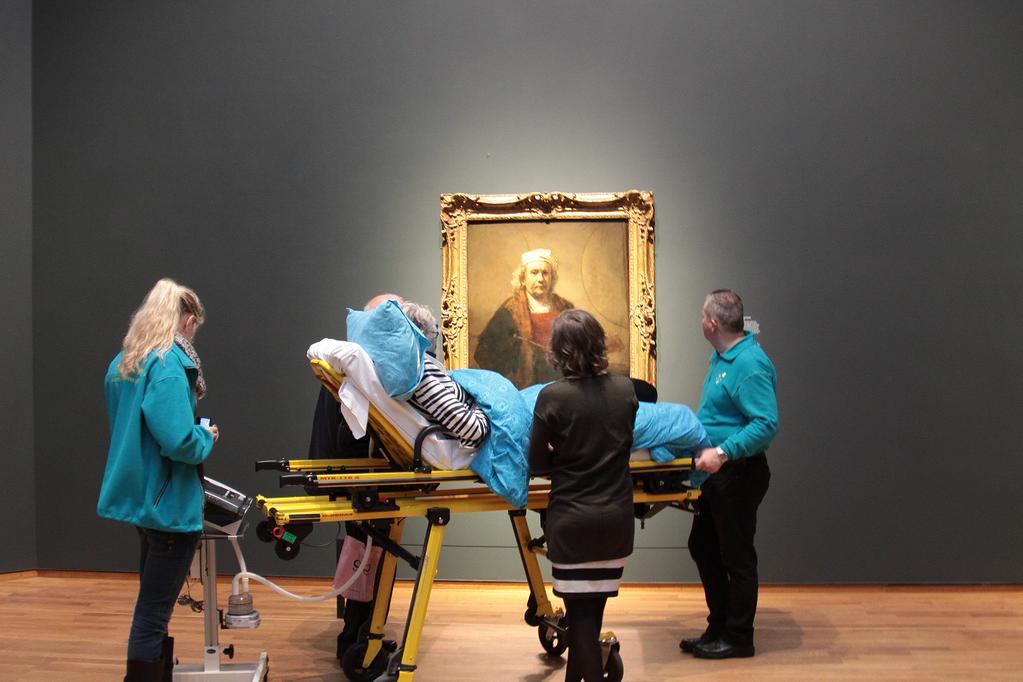A survey: Nurse Lecturers undergraduate students, e-learning, e-portfolios, innovation in reflective skills
For the latest module in my TEL studies at Lancaster University Researching Technology Enhanced/Networked Learning, Teaching and Assessment I'd wondered about a focus group combined with a survey. The constraints remain non-trivial doing this part-time and from outside academia - in practice. This past week I've also attended the final residential of part 1 (more on this soon). Returning to the module's study, the focus group isn't going to happen and with Easter upon us this is not the best time to engage in studies, but of the course this applies for all students.
As the blog nears its ninth birthday in several posts I've mentioned the many assumptions that are exercised in certain items. Here I am in Wigan (WN4), Lancashire (all flat caps, pies and Northern Soul) and also looking South, East and West with global health a key concern. The same applies to my experience of nurse education as a mentor and sign-off mentor. I'm making what may be some very large assumptions based on the studies so far, work with students on placement and as was pointed out, nursing and health make up a small part of the strategic adoption and influence relating to an institution's learning management system [LMS]. Does anyone have any figures on this?
The assumptions are that many lecturers do not have the time, or possibly the skills to make full use of the features and potential of the LMSs. So, I am wondering about the scope for innovation to support our student's reflective skills and practice; that is, beyond written essays and forums on the LMS. Is this symptomatic of feature bloat as per office applications? Does this make the 'walls' higher? These are issues I can investigate in the brief literature review within my report submission.
So I am pursuing a qualitative study with an
interpretive stance. If you are nurse lecturer for undergraduate student nurses, or other courses and including social care I would greatly appreciate your assistance with the survey already posted in the sidebar. This is an experiment too in terms of using Survey Monkey for the first time and a basic account. I'll look at Bristol Online Survey in future.
...
Many thanks
Peter









 orcid.org/0000-0002-0192-8965
orcid.org/0000-0002-0192-8965
